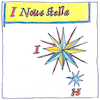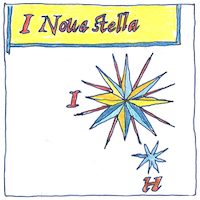Tycho Brahe
astronomy

|
Supernova
A new star with no parallax meant heaven was not immutable, and a great comet among the planets meant Aristotle’s spheres were not there, according to the great Tycho Brahe, who saw these things with his naked eyes.
Science in his day
In addition to compiling the most accurate planetary and stellar catalogs of his time Tycho Brahe was also an astrologer, alchemist, and herbalist. He built his own astronomical instruments, two observatories, a papermill, and his own printing press. His “unlucky days” entered into Scandinavian folklore; his herbal medicines were in use for three hundred years.
In our day
Born Tyge Ottesen Brahe, Tycho Latinized his name when he was a boy. As an adult he published his work only in New Latin, De nova stella, Astronomiæ Instauratæ Mechanica, Astronomiæ Instauratæ Progymnasmata, Tabulæ Rudolphinæ. Few today, after only a few hundred years, read New Latin. And here we are, depending on a vocabulary that might eventually seem as difficult.



Tycho Brahe was the last major observational astronomer to work without a telescope; he used sextants and quadrants. Actually, in Astronomiæ Instauratæ Mechanica Brahe described more than a couple dozen astronomical instruments that he used or designed. Galileo Galilei introduced the use of telescopes into astronomy in 1610.
Tycho Brahe the man is known for his geo-heliocentric model of the solar system, and for a duel during which he lost his nose.
See also in The book of science:
Readings in wikipedia: